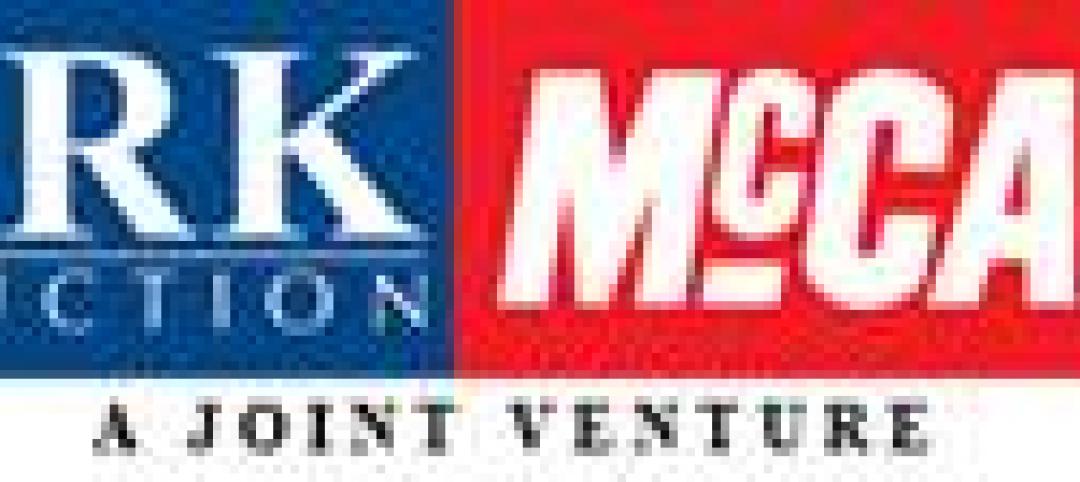Fifty-two weeks. An entire year. That’s how long project teams are having to wait for certain building materials, systems, and equipment in the post-Covid environment. These include critical core-and-shell materials like steel, steel deck, steel joists, and roofing components such as ISO foam board insulation and fasteners. Even readily available “off-the-shelf” products like drywall, metal framing, and paint have lead times. Not to mention near-historic price inflation levels and shipping costs across almost every product category.
Faced with these immense supply chain issues—on top of the ongoing skilled labor shortage—building teams are forced to employ aggressive product procurement tactics to pull off new construction and major reconstruction programs on schedule—and anywhere close to budget. Common strategies include real-time price tracking, product availability analysis during the design and bidding phases, more-optimal project planning (duh!), and sourcing locally, when possible.
Some project teams are looking to eliminate much of the guesswork around product availability and price inflation by employing early bulk-purchasing measures for entire building projects, even multi-build developments. This “buy-and-store” approach to product procurement has worked for several recent healthcare projects led by design and construction giant Haskell, says Denise Muth, Project Director with the firm’s Infrastructure and Transportation group.
ALSO SEE: How building owners and developers can get ahead of the next supply chain disaster
“For one hospital project, it was determined to buy the whole project out from the start and utilize local storage leased by the hospital,” says Muth. “On another project, we accelerated roofing, MEP equipment, elevators, and steel to help jumpstart the lead time process while the balance of design is completed. Depending on the stage of design, our owners are encouraged to purchase the entire project as quickly as possible.”
AEC industry consultant Ryan Bosworth, Principal with Rider Levett Bucknall, urges project teams to take advantage of the glut in vacant or derelict retail stores, especially big boxes, to purchase building products in bulk and warehouse them locally. “Landlords are begging for revenue while they reposition properties,” he says, adding that these spaces are relatively inexpensive to rent and require little build-out.
This bulk-purchasing approach, while effective, does have its obstacles, says Muth, including added front-loaded costs for owners/developers, insurance considerations related to storage facilities, and the risk of changes to specifications or design after materials have been ordered and stored.
Related Stories
| Feb 13, 2012
WHR Architects renovation of Morristown Memorial Hospital Simon Level 5 awarded LEED Gold
Located in the Simon Building, which serves as the main entrance leading into the Morristown Memorial Hospital campus, the project comprises three patient room wings connected by a centralized nursing station and elevator lobby.
| Feb 13, 2012
Center for Sustainable Building Research launches CommercialWindows.org
Resource aims at reducing commercial operating costs and energy consumption.
| Feb 13, 2012
New medical city unveiled in Abu Dhabi
SOM’s design for the 838-bed, three-million-square foot complex creates a new standard for medical care in the region.
| Feb 10, 2012
Task force addresses questions regarding visually graded Southern Pine lumber
Answers address transition issues, how to obtain similar load-carrying capabilities, and why only some grades and sizes are affected at this time.
| Feb 10, 2012
Atlanta Housing Authority taps Johnson Controls to improve public housing efficiency
Energy-efficiency program to improve 13 senior residential care facilities and save nearly $18 million.
| Feb 10, 2012
Besculides joins New York Office of Perkins Eastman as associate principal
Besculides joins with more than 17 years’ experience in design, business development, and account management for the government, healthcare, and corporate practice areas with a particular focus on the financial and media sectors.
| Feb 10, 2012
Mortenson Construction research identifies healthcare industry and facility design trends
The 2012 Mortenson Construction Healthcare Industry Study includes insights and perspectives regarding government program concerns, the importance of lean operations, flexible facility design, project delivery trends, improving patient experience, and evidence-based design.
| Feb 10, 2012
LAX Central Utility Plant project tops out
Construction workers placed the final structural steel beam atop the Plant, which was designed with strict seismic criteria to help protect the facility and airport utilities during an earthquake.
| Feb 8, 2012
Nauset completes addition and renovation for Winchester senior living community
Theater, library, fitness center, and bistro enhance facility.
| Feb 8, 2012
Mega-malls expanding internationally
Historically, malls have always been the icons of America – the first mall ever was built in Minneapolis in 1956.
















